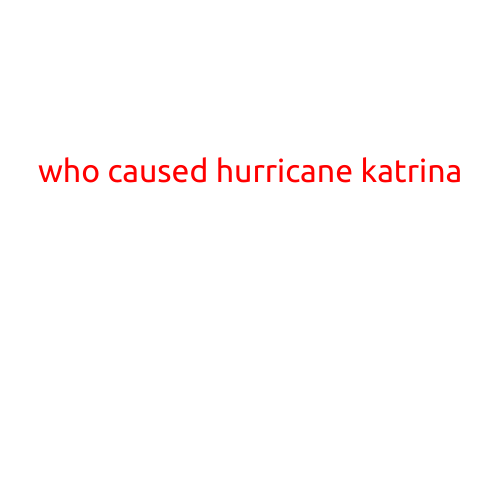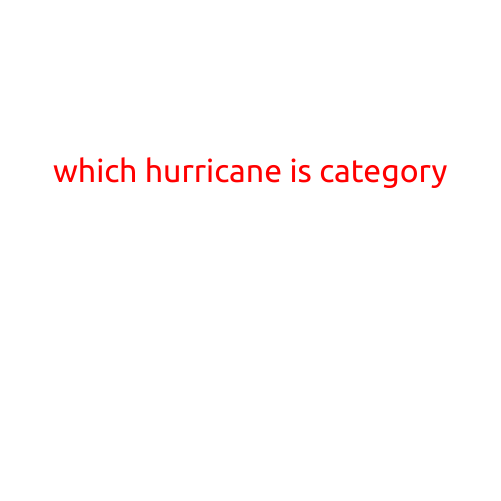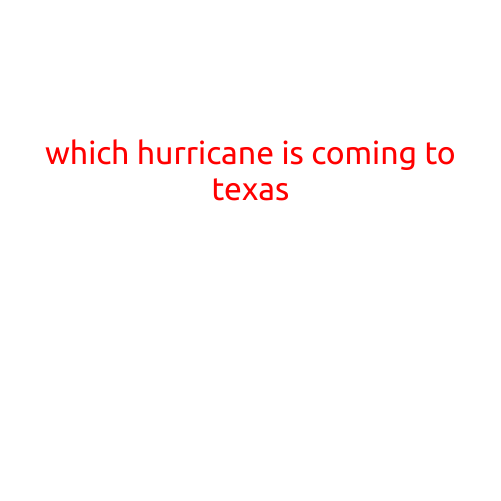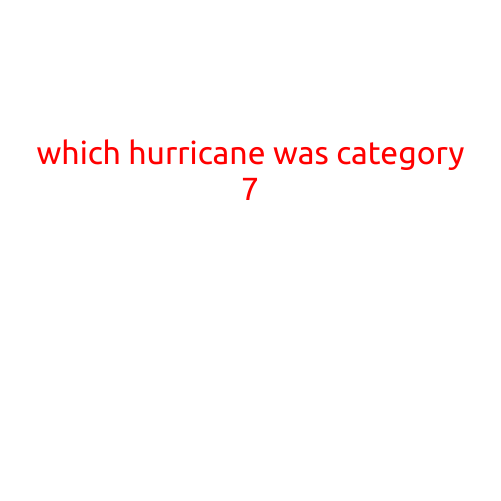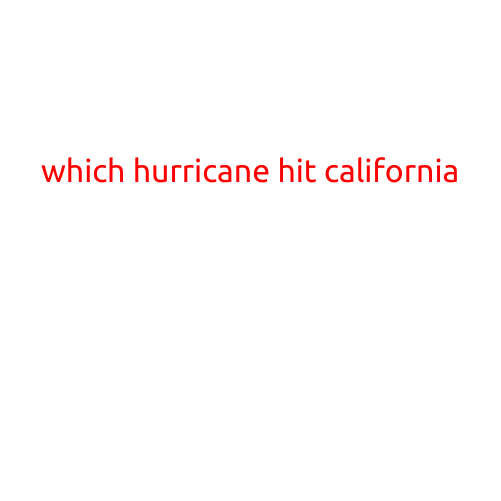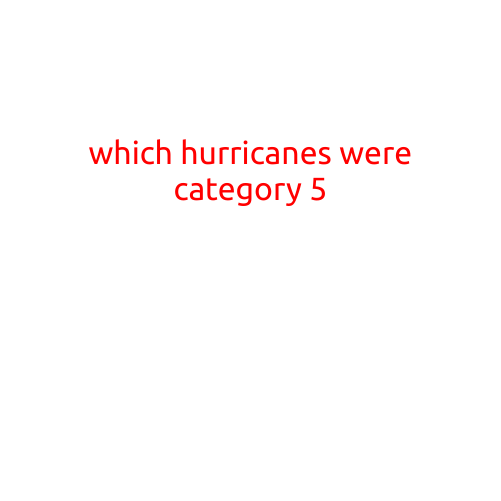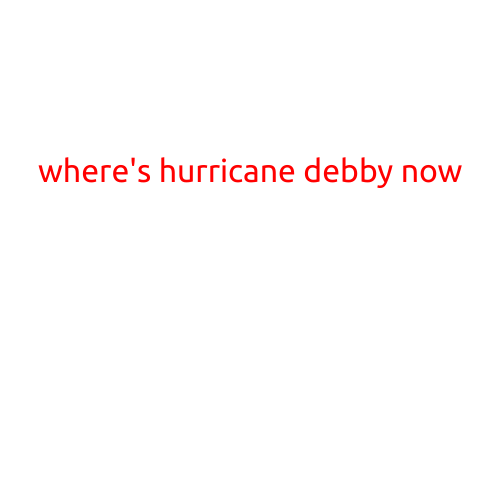
Where’s Hurricane Debby Now?
Hurricane Debby, which made landfall in Florida in June 2012, has been a topic of discussion for many as the cleanup efforts continue. But have you ever wondered what happened to the storm after it dissipated?
Hurricane Debby was a powerful storm that brought heavy rainfall and strong winds to parts of the Bahamas, Florida, and the Gulf Coast. The National Hurricane Center (NHC) classified the storm as a Category 1 hurricane, with sustained winds of up to 75 mph (120 km/h). The storm made landfall in northwest Florida, near Steinhatchee, on June 26, 2012.
After making landfall, the storm slowly weakened, moving inland over Florida and eventually entering Georgia. During its time over land, Debby brought heavy rainfall to parts of the Southeast, with some areas experiencing totals of over 10 inches (25 cm).
As the storm continued to weaken, it became a tropical depression and eventually a tropical storm. On June 28, 2012, the National Hurricane Center issued its final advisory on Storm Debby, stating that the storm had dissipated over land.
What Happened to the Storm’s Remnants?
After Debby dissipated, its remnants continued to move northward, bringing rain and thunderstorms to the Mid-Atlantic region. The storm’s remnants eventually merged with a larger weather system, which led to flooding and power outages in parts of North Carolina and Virginia.
The remnants of Hurricane Debby continued to interact with other weather systems, eventually leading to the formation of a new low-pressure system over the Atlantic Ocean. This system eventually developed into Tropical Storm Gabrielle, which would go on to affect the Caribbean and the Gulf of Mexico.
Impact and Aftermath
Hurricane Debby’s impact was significant, with the storm causing an estimated $130 million in damages in Florida and Georgia. Strong winds and heavy rainfall led to widespread power outages, with over 190,000 customers losing electricity in Florida alone.
Additionally, the storm caused significant flooding, with some areas experiencing flooding of over 6 feet (1.8 meters). The storm’s heavy rainfall also led to concerns about freshwater flooding and coastal erosion.
As for the aftermath, the Federal Emergency Management Agency (FEMA) declared several counties in Florida and Georgia as disaster areas, making residents and businesses eligible for disaster relief assistance. Volunteer organizations and local governments worked together to provide support to those affected by the storm.
Conclusion
Hurricane Debby, which made landfall in June 2012, was a significant storm that brought heavy rainfall and strong winds to parts of the Southeast. While the storm dissipated over land, its remnants continued to influence the weather pattern, eventually leading to the formation of Tropical Storm Gabrielle. The storm’s impact was significant, with an estimated $130 million in damages and widespread power outages and flooding.
